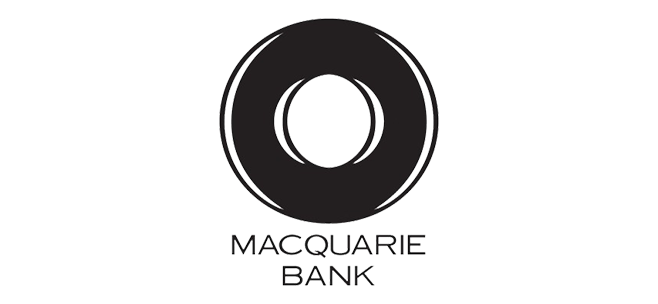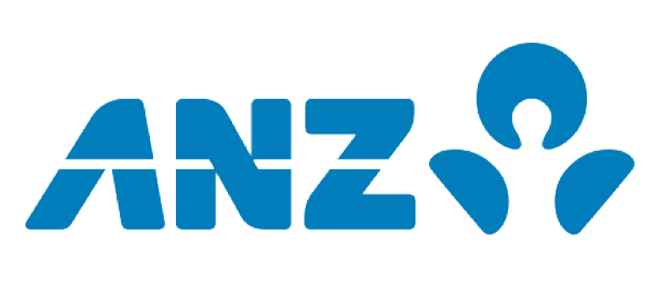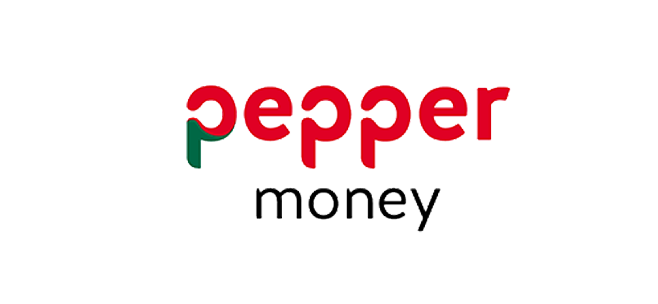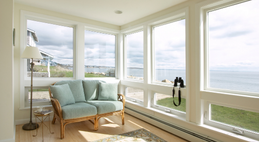In particular we focus on getting the loan structure right the first time, choosing which lenders to use in the right order (yes this is important) and finally getting our clients the best deal possible.
95% investment loans
Most lenders reduced their maximum loan to value ratio (LVR) to 90% during the GFC for both owner occupied and investment lending. There were some exceptions allowing 95% loans but largely these have now been withdrawn. As at early 2017, there are now no viable options left for 95 percent investment loans that we are aware of.
If things change we will endeavour to update this page accordingly..........................................................
Below not applicable from March 2017 (no index):
Who the cheapest lender is hinges on your individual circumstances and what features you are after. For example, many lenders require that 95% investment loans are repaid on a principal and interest basis, which won’t suit all investors.
Also with all 95% loans mortgage insurance costs can vary significantly between lenders depending on loan amount. Recently we had a client where the (LMI) premium was $15,000 more expensive with a major bank than a regional lender all because they use a different mortgage insurer. It pays to contact us first!
At Mortgage Experts, we firstly work out the lenders whose requirements you meet. Then we calculate who has not only the best value loan option for you, but also who has the most suitable loan package for your requirements. If you are ready to work with us to determine which lenders have the most suitable 95 investment loans for you, please go to our enquire online page.

Lenders mortgage insurance (LMI) and 95% investment loans
Lenders can treat the cost of mortgage insurance in two ways. Some will require it be paid by the borrowers own funds at the settlement of the loan while other lenders will allow the cost to be added to the loan or capitalised.
Capitalisation allows the true LVR to be extended to above 95% (i.e. 95% + the insurance cost). Note however many lenders will cap the total end LVR at 97% meaning that if the LMI cost is more than 2% of the loan amount the maximum LVR before the mortgage insurance is added to the loan will actually be less than 95%.
By capatalising the mortgage insurance cost less of an investors own funds need to be used to settle a purchase. It also means the loan amount ongoing will be higher, allowing a larger tax deduction.It is also our understanding that the cost of mortgage insurance can be written off over a 5 year period in a similar fashion to stamp duty.
Benefits of a 95 investment loan
Assuming an investor does not want to use the equity in one of their other properties to help secure a new investment purchase, the benefits of 95 investment loans can be three fold.
Firstly, an investor can contribute the least amount of deposit possible (especially if the lender allows capitalisation of mortgage insurance). Secondly, deductible interest costs will be based on a higher loan amount going forward. Thirdly, and most importantly in our opinion, it means an investor can keep his or her other properties completely separate from each other ie no cross collateralisation. Please see our dedicated loan structuring advice page for more on this.
The one down side to a 95% investment loan is the higher cost of mortgage insurance.
Often investors choose to go with a 90% loan instead of 95% investment loan as it has many of the same benefits as described here, but with a lower mortgage insurance cost. Please see our dedicated 90% home loan page for more details.
So who qualifies for a 95% investment loan?
To gain approval for a 95 percent (or 95/5) investment loan, an investor will need to meet a number of requirements. These requirements are not only those of the selected lender, but of that lender’s mortgage insurance provider. Although we do have access to a few lenders who can approve loans in house without the need to refer to their mortgage insurer; which means in effect, the lender's policy overrides the insurer's.
See below for some of the major points that lenders and their insurers look at when deciding whether or not to approve a 95 percent investment loan application.
- Savings history OR proof of equity: If you don’t own other property with substantial equity you may be required to prove that you have saved at least a 5% deposit and sometimes a 10% deposit (even if you only need a 5% deposit). In the case of equity you may need to prove that you have the required equity (even if not using it).
- Clear credit history: Without exception, you must not have any negative comments on your credit file. Additionally, you must have met the minimum requirements for any existing credit arrangements for a minimum of 3 months before the application.
- Readily saleable property: The lender and insurer must be convinced that your investment property would be able to be sold for a fair market price within a reasonable time frame.
- A reasonable asset position (for your age): A lender will expect you to have net tangible assets and that they are of a reasonable amount based on your age. Also having excessive personal debts can result in a low credit score and can contribute to a loan decline.
- Your exposure to the lender or insurer: If you are heavily geared into property investments lenders and insurers can become nervous about your overall exposure with them. This is where spreading your debts across a few lenders and insurers can be a good option.
So while 95% investment loans are available there are definitely some pros and cons to consider. Why not enquire online with your scenario and we can help mull over the pros and cons with you as well as determine if there are other solutions you haven't considered.
Is a 95% investment loan is the right option for you? Let's talk it over.
Our Current Lender Panel










































